Clearly Isaac Hayes drew his inspiration from the limpet Crepidula fornicata for this classic funk soul hit. Crepidula, known as a slipper limpet, is a sequential hermaphrodite. During the same course of life, this limpet will change sex from male to female.
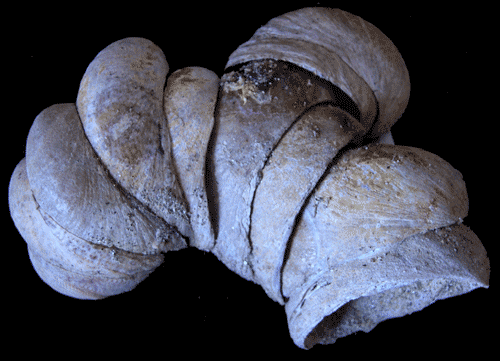 The larger ones on the bottom are female while the smaller ones on top are males, just waiting there turn to turn into females and be at the bottom of the pile! They can stay this way for a looooooooooong time and budge. The snail on the bottom still moves around with her half dozen or so hitchhikers. This sexual position is even captured in the fossil record as evidenced by Flickr user bibliona. The Seal Rock strata in coastal Oregon dates from the Miocene to the Pleistocene. I would like to thank bibliona for making this fantastic example available in a Creative Commons license.
The larger ones on the bottom are female while the smaller ones on top are males, just waiting there turn to turn into females and be at the bottom of the pile! They can stay this way for a looooooooooong time and budge. The snail on the bottom still moves around with her half dozen or so hitchhikers. This sexual position is even captured in the fossil record as evidenced by Flickr user bibliona. The Seal Rock strata in coastal Oregon dates from the Miocene to the Pleistocene. I would like to thank bibliona for making this fantastic example available in a Creative Commons license.
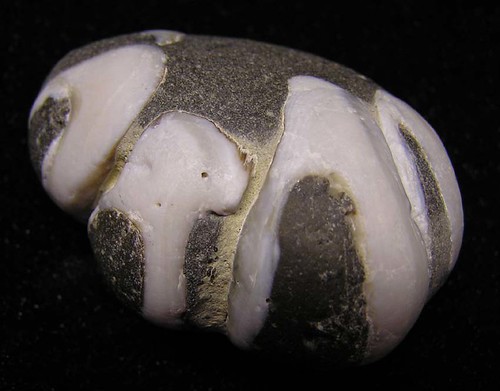
 by bibliona
by bibliona


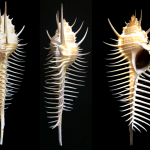
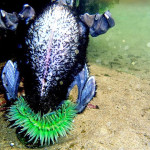
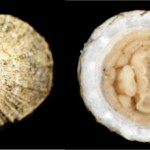

Ahhh Crepidula fornicata one of my favorite New England intertidal residents.
A great thing about them is with one breeding stack you have a decent breakfast too!
You are welcome. What an interesting interpretation!
Yay! Crepidula is my new favorite mollusc. I am working on C. onyx nowadays…and they have the most adorable larvae!
Baby pictures SMA?
I love those larval images!
We have stacks of them (literally) here in Southampton Water. For us in the UK, they’re an invasive species; they may have spread from Essex in the 1890s (where they were introduced with American oysters; thanks for that, btw).
Anyway, here’s a bit of C. fornicata trivia: the source of their species name may be quite innocent. Their mating stacks curve over to form arches, and the Latin for arch is “fornix”. We get “fornicate” from the same root, because ladies of negotiable affection in ancient Rome used to ply their trade beneath the arches.
C. fornicata often stack 12 or more high with larger females on the bottom, small males on the top, and a few of intermediate sex (males transitioning into females) in the middle. How then does the male at the top reach the females at all? The male’s penis longer (by far) than its entire body and can easily slip around the entire shell to a female. Creepy!
(Info from Stephen J. Gould’s book: The Flamingo’s Smile)